A smart healthcare solution can save time and lives — and these are not just big words. Tracking one’s health, consulting a doctor, and improving hospital infrastructure are just a few scenarios in which a medical app can be used.
Look at how our lives have changed with the global pandemic. People worldwide started using medical apps more frequently in 2020; in fact, the number of downloads number grew by 65 percent, according to Statista.
These statistics are reflected in the reality that more and more technical startups now lie in the realm of healthcare. And if you want to build an mHealth app of your own, you’re in the right place to start it right.
With this article, you’ll figure out how to make a medical app and what pitfalls and challenges to avoid along the way. But first, you’ll learn more about the mHealth market, app types, and their benefits. And all this information is based on the experience of people who actually create healthcare solutions.
Let’s Take a Look at the HealthTech Industry
So what is mHealth in the first place? The big picture will help you understand the market better and figure out if it’s worth your effort.
Facts and Statistics
Mobile apps are a promising area for the healthcare industry. According to Statista, the global HealthTech market was estimated at 175 billion USD in 2019. By 2025, it’s expected to reach 660 billion USD with a 25 percent compound annual growth rate (CAGR). In other words, the branch is projected to grow by 3.7 times, very quickly.
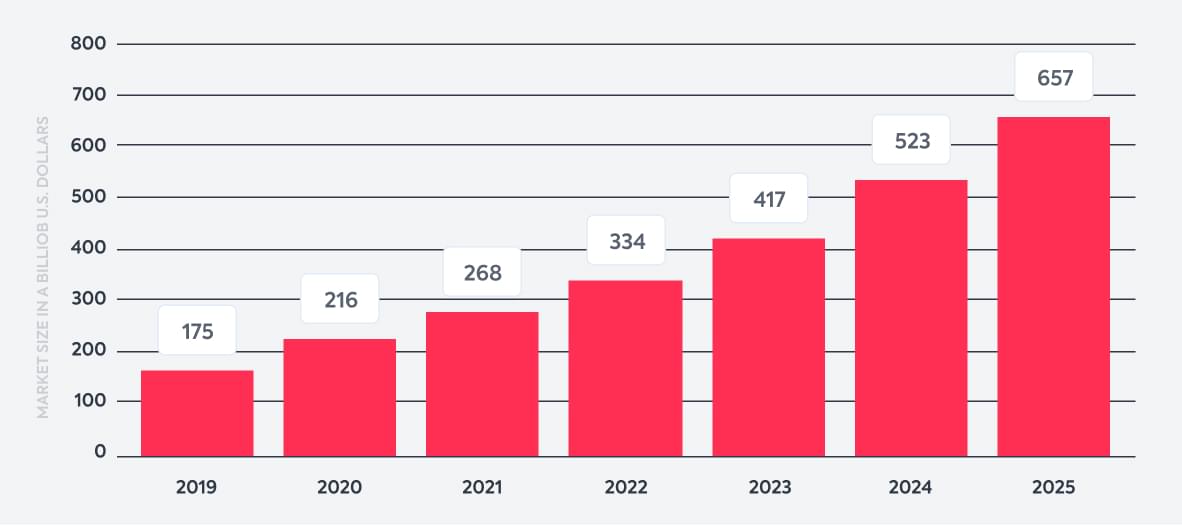
Apart from that, investors have actively fueled HealthTech. In 2020, over 21 billion USD was invested in the branch, compared to just one billion USD in 2010.
As for eHealth trends, 38 percent of European eHealth industry workers expect the use of patient health data to be the main priority in the following years.
Also, eHealth professionals in the recent European survey (February 2021) were optimistic about digital health innovations in their countries. For instance, 100 percent of respondents from Finland believe in the eHealth prospects in the next 12 months.
Healthcare Application Types Overview
The world of digital health solutions is extremely diverse and is growing more varied every year. All healthcare apps are divided into two types: those for patients, and those for doctors (medical institutions). Let’s look at each of these areas closely.
Apps for Patients
-
Health monitoring
Example: Ada
Here, users can track their symptoms and get in-app recommendations on their conditions. And it’s even more helpful for people living with a chronic disease of any kind (like asthma, diabetes, genetic disorders, etc.).
-
Medication intake tracking
Example: ScriptSave WellRx
Apps of this type remind patients to take their medication at a certain time, and also can provide medication instructions, prices, and the cheapest options in the pharmacies nearby.
-
Mental health
Example: MoodKit
Mental health apps have several subtypes and help people manage their addictions, prevent suicidal thoughts, track one’s mood, help with insomnia, etc. For some, it could be a more affordable alternative to offline therapy.
-
Diet and fitness
Example: MyFitnessPal
Many dieting apps often contain exercising options and vice versa. They help users control their weight, tone their bodies, and boost their level of endorphins. Here, users can track their food and water intake, calculate calories, plan their meals, and get access to a database of recipes.
Apps for Doctors
-
Telemedicine
Example: Doctor On Demand
In short, telemedicine apps allow for online medical consultations. Patients can schedule appointments with doctors and then communicate with them via messages or voice/video calls. This type of app is life-changing in such stressful times as the Covid-19 crisis, and it’s beneficial for everyone: doctors, patients, and medical facilities.
-
Prescription makers
Example: STAT
These are apps with a database to make prescriptions easier for doctors. Physicians can simply pick a medicine from an available database and then add a digital signature and stamp to the document. A doctor can send this prescription via a messenger or through a telemedicine app.
-
EMR and EHR
Examples: Praxis EMR, SimplePractice (EHR)
Electronic medical records (EMR) are digital equivalents of medical and treatment histories written on paper at a specific facility, while electronic health records (EHR) go beyond that and gather information from all health providers (for instance, laboratories). These are the most convenient ways to safely store and transport personal medical data.
-
Hospital management
Example: MocDoc HMS
These are complex apps that help to keep the whole medical organization in order and manage its operations. The features may include transactions, medical records, and document management.
-
Medical reference
Example: Medscape
Doctors never stop learning, so why wouldn’t smartphones become their assistants? Mobile apps can provide a knowledge database, professional network, the latest news and perspectives, etc. All this allows for continuous medical education.
Top 5 Healthcare Apps Today
Building a health app is just the beginning. The most challenging part of the journey is to make this solution successful. We’ve picked several popular medical apps based on their ratings in the app stores.
-
Teladoc
iOS: 4.8
Android: 4.5
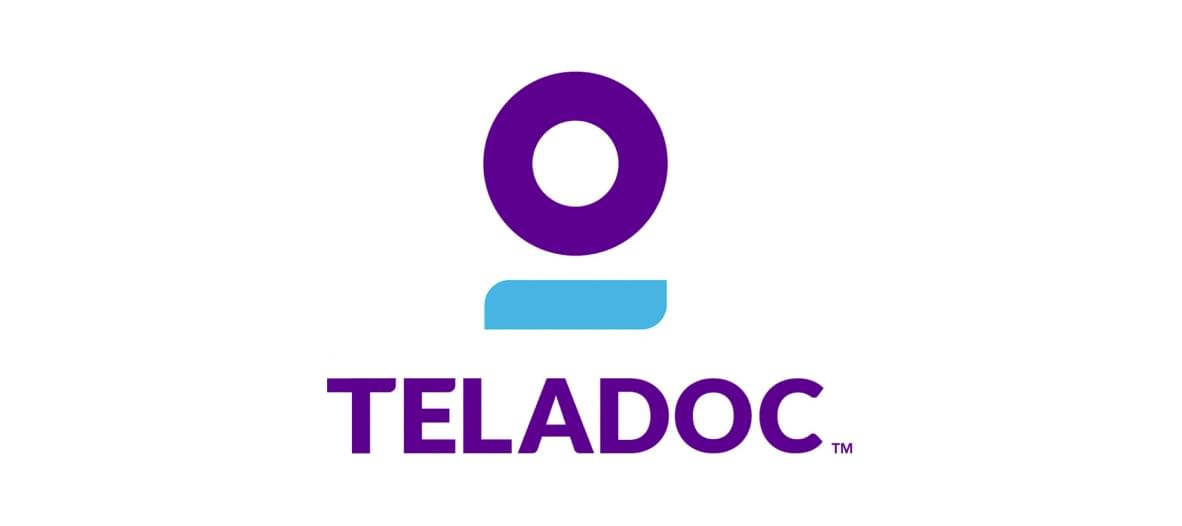
Teladoc is considered to be one of the most affordable on-demand apps that connects doctors and patients.
Key features:
- The app provides a wide spectrum of services that include primary and everyday care, mental and sexual health help, and nutrition, among others;
- The in-app prescription maker;
- The app supports numerous health insurance plans and payments from healthcare accounts;
- Both voice and video calls are available.
-
Epocrates
iOS: 4.6
Android: 4.3
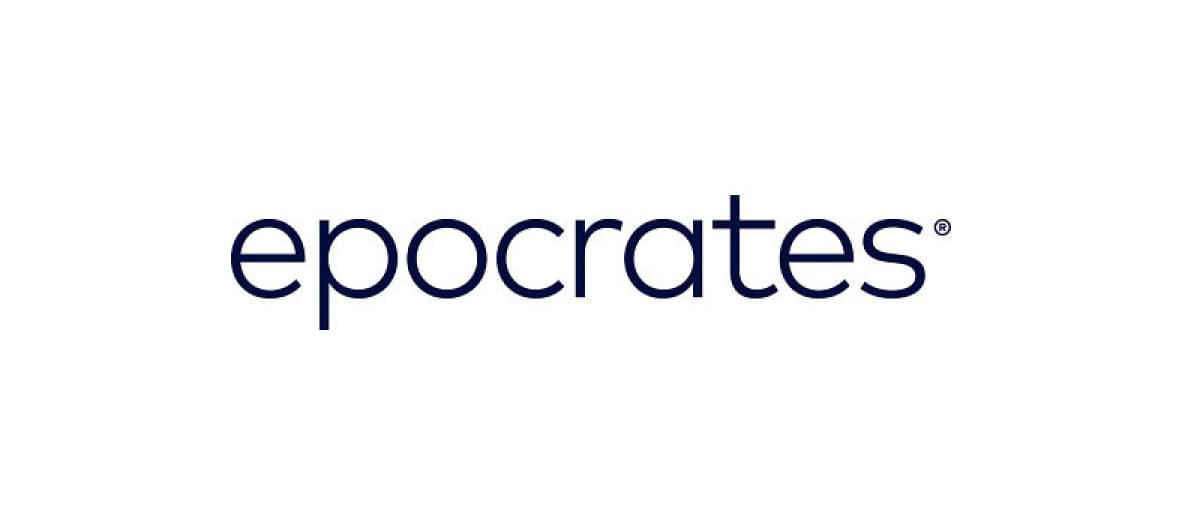
This is a supporting tool for doctors with a wide range of features accessible on all types of devices.
Key features:
- A wide range of features to support decision-making: Symptom Checker, Disease Database, Drug References, Medication Database, and many more;
- Doctors can contact each other through text messaging;
- A rich and regularly updated database of the latest medical innovations;
- Offline mode.
-
Medisafe
iOS: 4.7
Android: 4.6
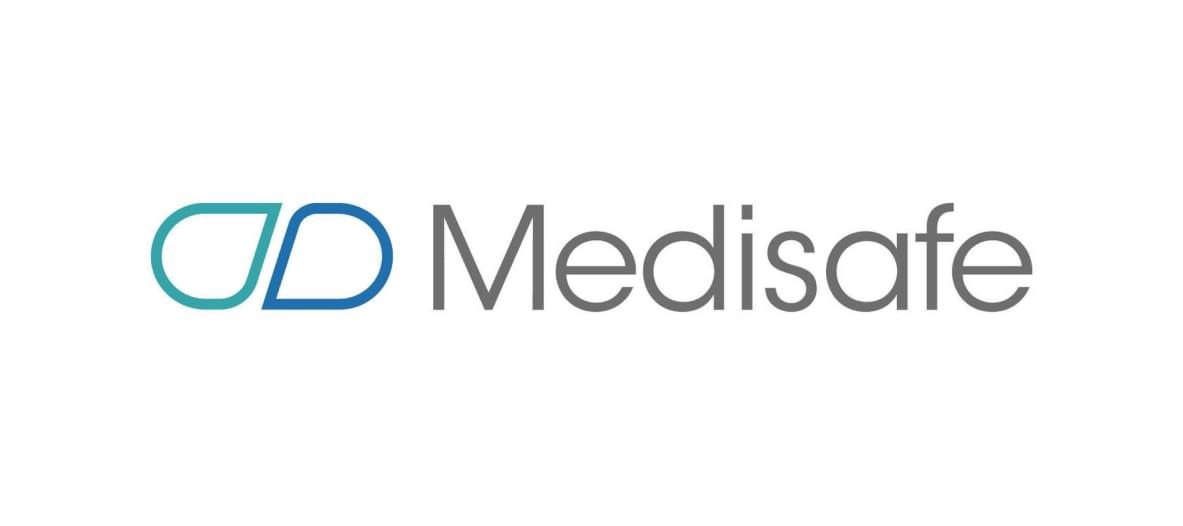
This is a user-friendly medication intake app that also allows tracking refills and offers a lot of additional functionality.
Key features:
- Intuitive interface that makes medication intake a no-brainer for anybody;
- Prescriptions import from the main pharmacy chains;
- Prescription discounts;
- Reference materials on different health conditions.
-
BetterHelp
iOS: 4.8
Android: 4.5
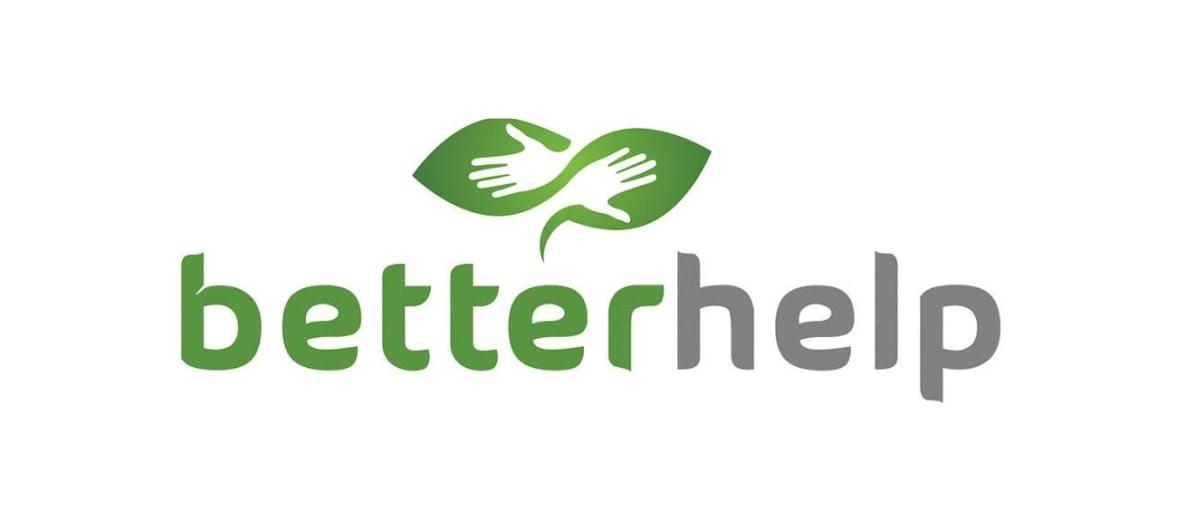
One of the most popular solutions focused on mental health. The app connects users with licensed therapists online.
Key features:
- Access to 10,000+ mental health specialists;
- Matching with the right expert after filling in a questionnaire;
- Appointment scheduling;
- Several ways to communicate: messaging, voice, or video.
-
FollowMyHealth
iOS: 4.7
Android: 4.5

It’s an EHR app that allows users to store and manage all their health information in one place and connect with their physicians.
Key features:
- Access to the health information in full;
- Viewing test results (users get pop-up notifications when results are ready);
- Prescription requests;
- Appointment scheduling;
- Communication with a doctor;
- In-app payments for doctor visits.
Advantages of a Healthcare Mobile App
Medical app development has started a revolution in the industry that yields benefits to everyone, including doctors and medical organizations. What does it mean exactly? Here are several compelling arguments.
Benefits for Patients
-
Fast access to medical consultation.
It only takes a few smartphone taps to schedule a medical appointment, and a few more to contact a doctor through messaging, video, or voice calls.
-
No need to travel a long way to a hospital, especially for elderly or disabled people.
Medical apps are time -avers for everyone, especially for people who have to make a real effort to visit their doctor.
-
Minimized medical expenses.
In case it’s a minor issue, patients can save some money for medications than rather spend it all on a hospital visit.
-
Systematized medical history.
Smartphone users don’t need any physical folders to keep their blood test results or medical reports in one place. Now they can be sure that the documentation will be delivered to digital storage and kept there as long as necessary.
-
Access to verified medical information.
Educational medical apps aim to provide information from reliable sources. There’s no longer a need to buy overwhelming medical encyclopedias; users now have regularly updated info in the palm of their hand.
-
More accurate symptom tracking and medication intake.
Forget about pens and notebooks— patients always have a tool by their side to monitor their overall state and medications.
-
No risk of catching viruses or infections at the hospital.
There’s no need to explain why a person should be cautious when visiting a clinic nowadays. Healthcare apps eliminate this risk altogether.
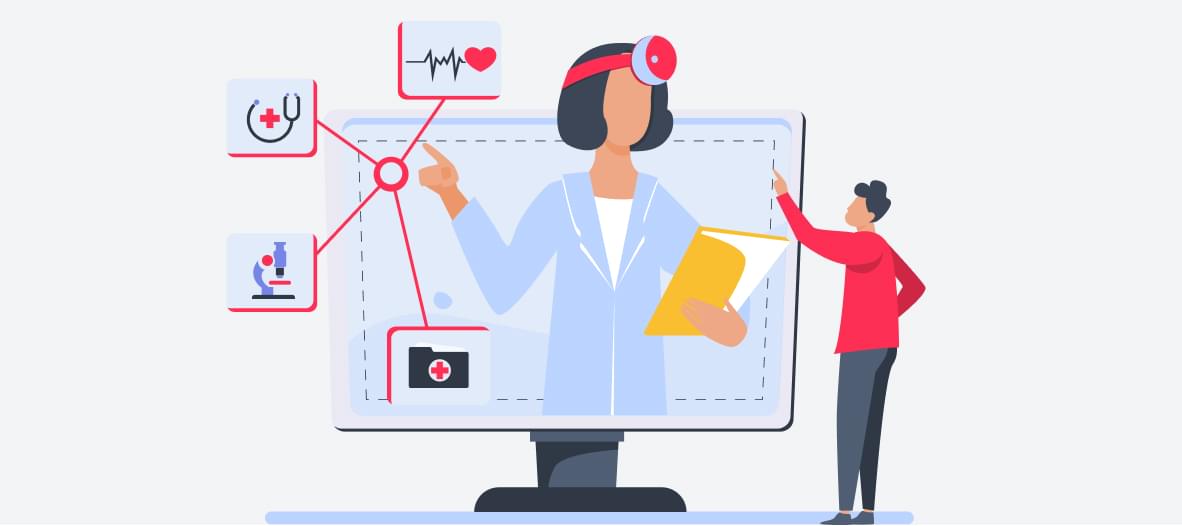
Benefits for doctors
-
Ability to diagnose patients quicker due to real-time symptoms tracking.
While patients are tracking their symptoms, doctors can follow up and be more precise with their conclusions and further treatment.
-
Direct access to all nuances of the patient’s health data.
Doctors can get a patient’s medical history in several seconds and be sure it’s complete and reliable.
-
Decision-making support.
It takes a lot to become a doctor, but even the most prominent experts need helpful tools by their side. A solid reference app with networking features to consult other doctors reduces the risk of medical errors.
-
Safer working environment.
Medical personnel inevitably confront viruses and infections every day, but telehealth apps can somewhat decrease the risks and provide all-important social distancing.
Benefits for Medical Organizations
-
Improved doctor–patient workflow.
Digital innovations allow hospitals to create a centralized database and gather every patient’s history. It saves time for doctors to find the necessary information and reduces the duration of patients’ visits (both offline and online).
-
Well-established internal processes.
Medical institutions, like any other organizations, require smooth and transparent management. Complex digital systems help hospitals set up and monitor strategic and tactical planning, payment processes, doctor workload, etc.
-
Paperwork reduction.
The digital environment allows for the effortless creation and storage of medical documents, including insurance policies. Now patients can arrive at the hospital with documentation prefilled beforehand and spend less time in the facility’s corridors.
Read also: How to Create a Health Insurance Mobile Application
Read more
-
Efficient elimination of flaws.
Digital tools, among other things, allow the opportunity to gather patient feedback after every visit. They help to analyze customer behavior and direct efforts to particular organizational flaws. The more a facility works on the issues, the better the reputation it gains in the long run.
-
Increased customer loyalty.
Providing a digital environment to regular visitors decreases the cost to retain them and, subsequently, increases customers’ loyalty. Healthcare apps help to make hospital care more accessible, so people will more likely choose facilities where they can get everything they need in a shorter time.
-
Additional means of promotion.
A hospital mobile app is an excellent marketing instrument. In-app notifications will inform patients about news and special offers earlier than any existing tool.
What Challenges Await Startup Founders in the HealthTech Industry?
When developing a healthcare app, you should be ready to face several major challenges such as user engagement and implementation difficulties. But we’re here not only to warn you — we’ll tell you how to cope with these issues.
-
Achieving User Trust and Engagement
People will always expect more from healthcare apps than from any other software. When it comes to their overall wellbeing, users need complete navigation transparency and flexibility. According to the Oxford Economics report, 75 percent of respondents strongly trust medical doctors, but only 30 percent trust a health and wellness service offered by a healthcare startup.
What should you do?
Provide as much wellbeing and treatment-related data as possible and make your app a person’s assistant on the way to perfect health. Consider adding such features as the ability to request a prescription, cancel an appointment when needed, and collect health documents. The icing on the cake is a 24/7 medical support service, so you can be there for patients when they need you the most.
We’ll overcome these challenges together! Just let us know you’re ready to build your own health solution
Contact us
-
Building Up Intuitive Navigation
Healthcare apps are still like the Minotaur’s labyrinth for many users, especially for the older generation. The more features you include in the medical solution, the higher the chances you’ll confuse and frustrate the end user, be it a doctor or a patient.
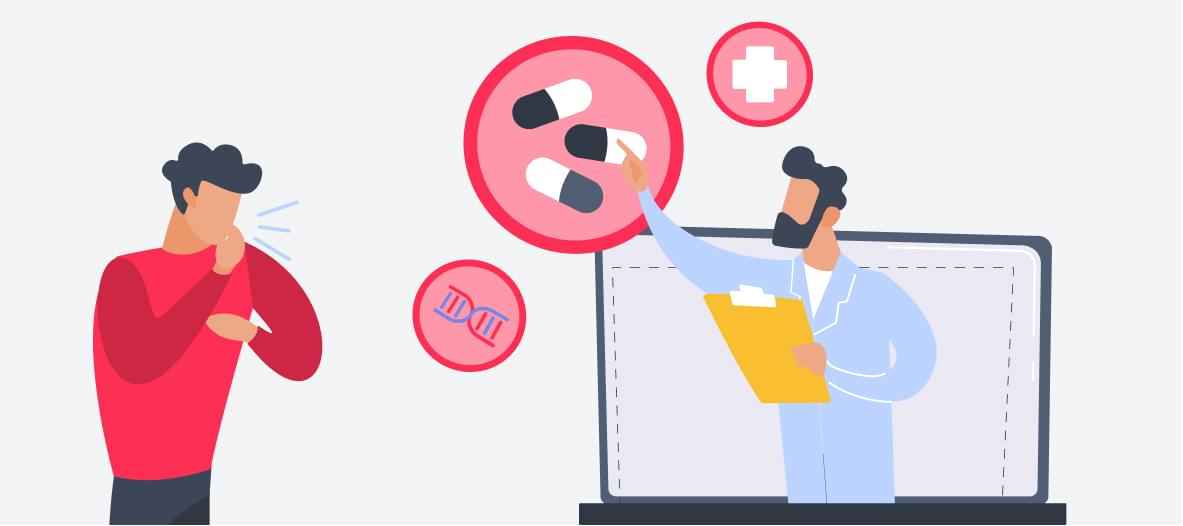
What should you do?
Put the user experience development first before moving any further with coding. Also, make sure to test your application with several target customers and consider every remark before presenting it to the general public.
-
Complex Implementation
There is a wide variety of medical solutions for hospitals on the market, and some of them require a complex implementation process. It is explainable for developers, but app users will always seek efficiency first, and any stumbling blocks can damage customer feedback.
In addition, many tech startups have to cooperate with integrated delivery systems (IDSs). This is an organization managing several medical facilities to provide structured high-quality services. Innovative solutions can make inner processes easier or, conversely, confuse personnel and take much time for adaptation.
What should you do?
A development team should make sure that a new solution perfectly syncs with the hospital’s existing infrastructure. It may take some time to figure out what software a facility uses at the moment and what navigation and capabilities it has. Medical apps should make life (and hospital workflow) easier and not the other way around.
-
Integrations with Wearables
Health tracking often requires day-and-night monitoring of the user, but smartphones can’t provide a complex healthcare overview. For this reason, more people are using wearable devices: in 2019, 21 percent of U.S. adults were regularly using fitness trackers or smartwatches.
What should you do?
If your app requires users to use other devices than a smartphone, conduct research on the expectations of your target audience and their tracking habits. If, for example, your future customers prefer Apple Watch, make it a priority integration task for the development team.
Security and Data Privacy as the Main Concerns in Healthcare App Development
Even though data privacy is a core pillar for numerous mobile apps, medical app developers should be especially careful. Any digital healthcare solution is subject to legal regulations, which may differ in various territories. Plus, users have legitimate concerns about personal data privacy.
The United States
When starting a medical app for the U.S. audience, you will probably deal with protected health information (PHI). If this information is also transmitted between two or more parties (for example, medical facilities or healthcare providers), your digital product should follow the rules of the Health Insurance Portability and Accountability Act (HIPAA).
According to the HIPAA Journal, healthcare data breaches between 2009 and 2020 resulted in losing or exposing more than 250 million medical records, which equals 81.72 percent of the U.S. population.
Canada
Canada doesn’t have a specific document regulating healthcare solutions, but there is one valid for any e-commerce business: the Personal Information Protection and Electronic Documents Act (PIPEDA). It contains the rules on how a company should use and collect customers’ personal information with respect to their right to privacy.
The European Union
The EU territory also has its own document regulating everything that concerns personal data: the General Data Protection Regulation (GDPR). This doc defines any information identifying a user (name, contact details, location, health data, etc.) as personal data. Your application is subject to GDPR if its users are EU citizens regardless of your business location.
The United Kingdom
In the UK, privacy is being protected by the Data Protection Act 2018. The document is a GDPR adaptation and controls personal data used for business purposes.
Asia
Asian countries have their own documents, like the Personal Information Protection Act (PIPA) in Japan or the Personal Data Protection Act (PDPA) in Singapore.
Things to consider for data protection:
- Learning the OS security policy (iOS or Android).
- Providing data encryption with the latest and most reliable algorithms.
- Assessing risks regularly to protect the app from network worms and viruses that compromise health information.
- Providing multi-factor authentication for app access.
- Creating a detailed privacy policy.
Key Features List of Healthcare Apps (Telemedicine Example)
What is the basis for the healthcare app? The answer is rather abstract, as it depends on the app type you choose to create. In this article, we’re reviewing features of a typical telemedicine app because it serves both patients and doctors.
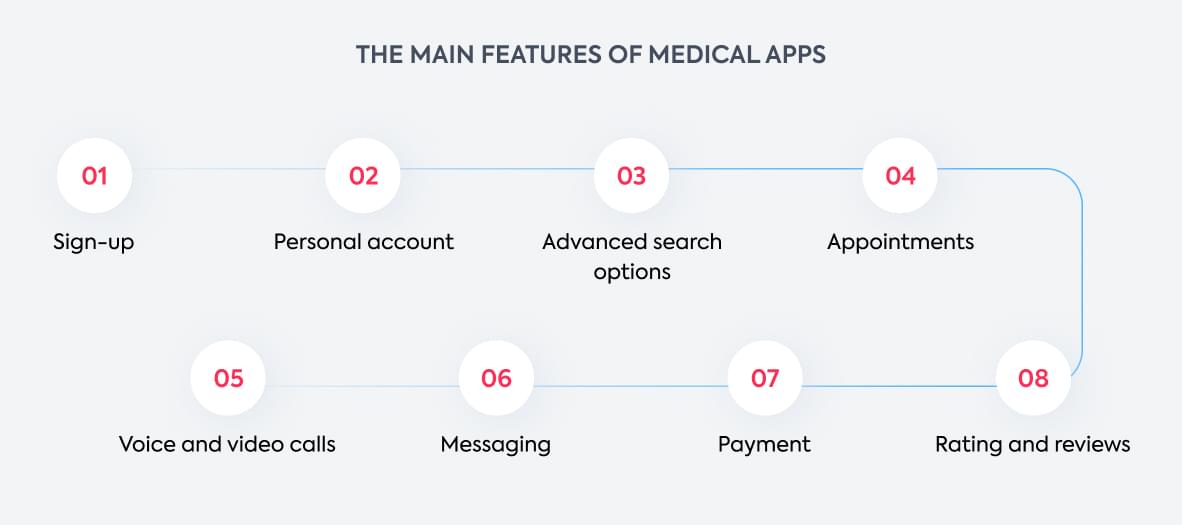
These are minimum viable product (MVP) features that a telemedicine app can’t do without. What makes your application unique is any additional functionality that you add to this minimal features list.
Do you have another app idea on your mind? Let’s discuss the features vital for your future application
Contact us
-
Signup (account creation)
Registration should be effortless for users so they quickly continue moving through app navigation. A common practice is to provide three sign-up options: email, phone number, and social networks (for example, Facebook or Google).
-
Personal account
This is the most important and private user space. Here, both doctors and patients provide detailed info about themselves: full names, photos, health history (for patients), qualifications and degrees (for doctors), etc. You should be the most careful with this part and use security measures mentioned in the previous article section.
-
Advanced search options
Only one search box to find a doctor is not enough when you develop a medical app. Users should have an opportunity to filter out search options based on the doctor’s years of experience, appointment cost, rating, etc.
-
Appointments
Transparent appointment scheduling is a handy working tool for doctors. They use it as a working calendar where they can review and control their workload. Patients, in the meantime, can book an appointment in less than a minute, having full access to the doctor’s schedule.
-
Voice and video calls
Now we’ve reached the very foundation of the telemedicine app: the ability to connect doctors and patients. Developers should take care to provide flawless video and audio experiences for call participants, as it’s the main factor that either makes or breaks your market reputation.
-
Messaging
This is an additional instrument where users can discuss some minor questions about the treatment or exchange files of different formats like photos, prescriptions, or health documents.
-
Payment
This time, the feature includes three participants: patients pay for the appointment, a platform gets its third-party commission, and doctors receive a reward for their work. This is almost the end of the user flow for patients, so make it quick and painless to them. Consider two payment options for the start: gateways (PayPal, Stripe) and credit cards (Visa, MasterCard).
-
Ratings and reviews
Only when an appointment is over, patients should be able to leave their reviews. As in many other apps, ratings from real users create a reputation for service providers (in our case, for doctors) and help clients to pick a specialist quicker.
How to Develop a Healthcare App in 7 Steps
Now let’s get back to the beginning and figure out what it takes to create a medical app and what steps you should take one by one.
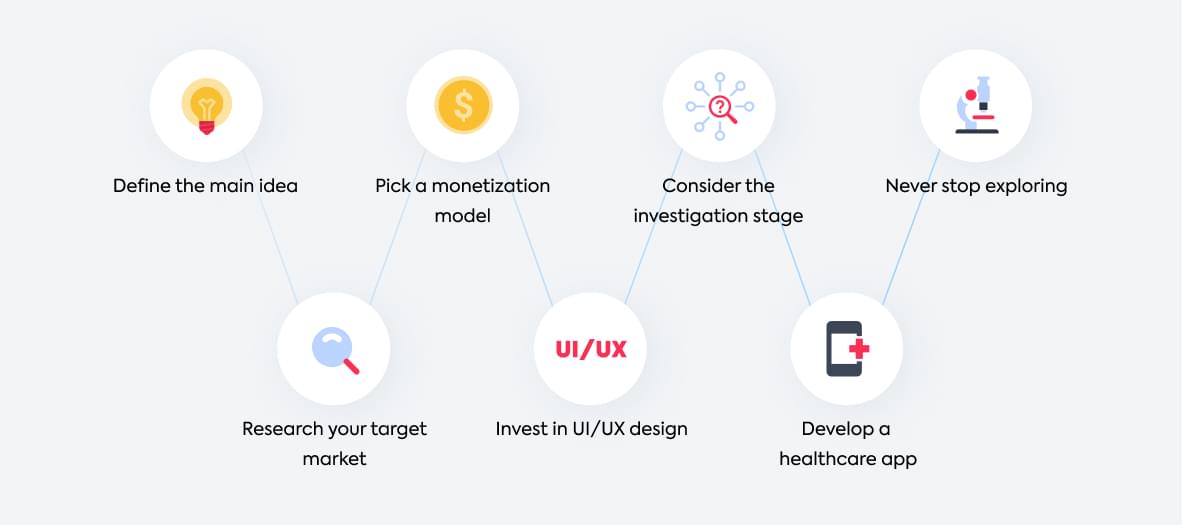
-
Define theMainIdea
Remember, you must not build an app just for the sake of starting a tech startup. Your application should serve users and help them cope with problems. What problem or pain point will you solve? That’s for you to decide.
Chances are, you’ve noticed some market gaps and know how to fill them with your solution. If not, you can brainstorm several ideas and talk about them with friends or colleagues. In any case, you can’t proceed with market research not knowing what you’re going to create in the first place.
-
LearnMoreAbout Your Target Market
Now let’s find out what the market environment is expecting for your solution (or not expecting).
First, begin with your competitors. Markets of some app types are overloaded, and it wouldn’t be smart to break in there. These are some control questions:
- How many competitors will you have?
- How successful are they? (Check their ratings and number of downloads)
- What are the typical features?
- What do you think is missing from their list of features?
The same goes for your target audience. Who are they? It shouldn’t be some imaginary people — they should be flesh and blood for you. Become your user; try to understand their routines, habits, and expectations. Your control questions:
- In what country (or region) do your users live?
- How old are they?
- What’s their average income?
- Do they have any health issues or chronic diseases?
- What type of device do they use? What operating system?
And finally, consider market barriers, including the legal documents we’ve mentioned above.
At this point, you may realize that a certain app type for your chosen market is not the best idea. And that’s okay. It’s way better to be careful and step back or slightly change your direction now than at the development stage.
-
Decide on theMonetization Model
How is your app going to make money? It’s better to answer this question beforehand and consider it during design and development. Here are your options:
- Ad collaborations. The app is free for users, but it has several advertisement blocks for third-party businesses — you earn money offering ad space.
- Freemium. Users can stop seeing ads and get access to several premium features if they make a one-time payment.
- Subscription. To get access to the full set of features, users make regular payments (monthly or annually).
- Commission. If your app is a mediator between two parties, you can require a commission for connecting them (telemedicine apps are the most common example).
- Paid product. Users must make a one-time payment to start using your app and all of its functionality.
-
Invest inHigh-Quality UI/UXDesign
Your app’s value may easily be buried under layers of confusing or unattractive user navigation. What you should be striving for is maximum clarity and understandable flow. And you should care for users requiring a particular approach.
Contact the CHI Software team to discuss solid medical app design and prototyping
Contact us
These are the key design points to keep in mind when you build a healthcare app:
- User journey optimization. Your app’s flow should be all clear to a potential user. Check if it’s easy to understand what button to tap next, all navigation elements are big enough to be noticed, and steps are built up in a logical sequence.
- The most important things first. Don’t make users roam around the app — provide what they need right away. Thus, a doctor search screen can be the first component for telemedicine apps on the patient’s side, or an appointments calendar screen on the doctor’s side.
- Responsiveness. Even an amazing design can damage your app if it’s installed on the wrong device. Make sure app design is responsive to the smartphones used by your target users. Android devices, for example, differ in size more than iOS devices.
And above all, the design should meet user expectations. Apps for elderly people are usually simple in navigation and use big navigation elements. Younger generations have gotten used to AI algorithms and modern design patterns and animations.
-
Consider theInvestigationStage
Remember that quality coding doesn’t start right away. Even the most experienced developers that know how to build a medical app need time to figure out the most fitting tech stack and system architecture for a particular project.
Based on CHI Software’s experience, the investigation stage takes around two weeks, and architecture building requires another two weeks or longer, up to one month.
Develop a Healthcare App
Get the coding started! All the preparation is coming to an end, and you’ve finally arrived at the coding and testing stage. The fundamental question to ask yourself is if your team is ready to start healthcare applications in-house.
In most cases, startups have to outsource coding efforts to professional developers. And the biggest obstacle is to realize if you’re choosing the right team for your needs.
Read also: Machine Learning in a Self-Driving Car
Read more
Here are several questions to ask before starting:
- Have you ever built an app syncing with wearable devices?
- Have you ever integrated your apps with big data (like an EHR/EMR database)?
- Have you ever built products that had to follow legal regulations?
- What’s your biggest motivation to create mobile medical applications?
Answers to these questions and detailed case studies will be the best indicators telling you if these experts can build a digital product matching your idea.
Based on CHI Software’s experience, you’ll need one or two mobile developers for every OS platform and one or two backend developers (for example, Java). The number of experts depends on the app’s complexity.
-
NeverStopExploring
This is a crucial point for any mobile application out there: you can always find some room for improvement. The market changes, and so do customer preferences and legal requirements. For this reason, we recommend you focus on the following three directions:
- Always, always read user feedback, answer every comment, and use negativity as your impetus to move forward. Usually, app store reviews are the most valuable info for your future releases.
- Stay close to your competitors and keep an eye on their updates. Some of them may inspire you to create new app features or warn your team about changing market trends.
- Follow up with data privacy regulations on your targeted area. Weigh the slightest changes and change your privacy policy right away.
The Cost to Make Healthcare Applications
No matter how many health apps appear on the market, there will never be two products that are completely alike. Thus, the cost to create an app is always individual, but we have a feature list for health app MVPs, so we can start from there.
Do you want to know how much it costs to make your idea come true? Click here to make calculations with our team
Contact us
First, we’ll give you a rough idea of how much time it takes to create basic MVP features.
| Feature |
Working hours |
| Sign up + sign in |
75 |
| Personal account |
80 |
| Advanced search options |
105 |
| Appointments |
185 |
| Voice and video calls |
135 |
| Messaging |
120 |
| Payment |
35 |
| Rating and review |
30 |
| iOS or Android development |
765 |
| Admin panel |
270 |
| Backend |
1120 |
| Libraries and frameworks |
55 |
| Frontend + Backend |
1445 |
| Total |
2210 |
Now, this is only the development itself, but you should also consider other services involved. This is a more detailed look:
| Services |
Working hours |
| Mobile + Frontend + Backend development (for iOS or Android) |
2210 |
| UI/UX design |
150 |
| QA and testing |
620 |
| DevOps |
150 |
| Business analysis |
120 |
| Project management |
450 |
| System architecture and code review |
250 |
| Total |
3950 |
Note that development costs differ depending on the company’s location. Here is a comparison chart to give you an overall idea of the global rates:
| Location |
Hourly rate, USD |
| United States (New York City) |
100–200 |
| Western Europe (London, UK) |
50–200 |
| Eastern Europe (Ukraine) |
50–100 |
Ukraine is your go-to destination based on the value for money ratio and the large number of seasoned experts available. Below is a cost range to build a medical app on the Ukrainian development market:
| Platform |
Cost range, USD |
| iOS app |
197,500–395,000 |
| Android app |
197,500–395,000 |
| iOS + Android |
322,750–645,500 |
So, the average cost to build a healthcare app in Ukraine is 118,500 USD for iOS or Android and 484,125 USD for the two platforms.
How Can the CHI Software Team Help You Start a Medical App?
We’re firm believers that the healthcare development niche will grow exponentially through the years. People all over the world want to improve their health and optimize in-hospital workflow. Proper software is the most obvious and effective solution to cover any industry issue.
COVID-19
Client: A startup from the UK
PCR tests solely answer the question ‘yes’ or ‘no,’ but how important is it for medical treatment? Measuring vital indicators and doing it quickly — that’s what you need in harsh pandemic times.
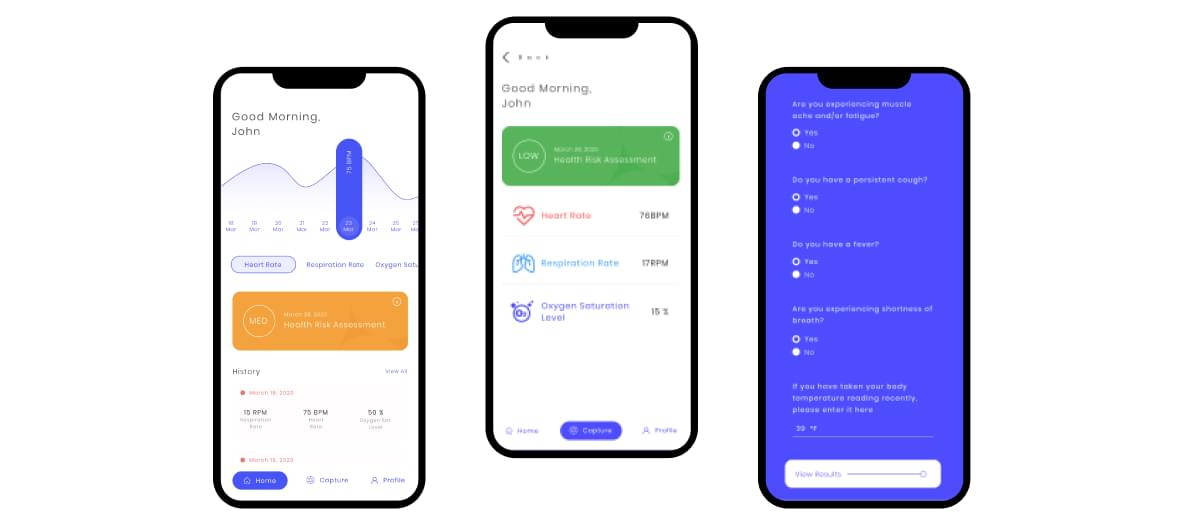
We developed an app that measures the person’s pulse, respiratory rate, and oxygen saturation remotely with a phone camera (by recording a video or in real time). Then the user adds their temperature and cough presence.
The app calculates the probability of COVID-19 through a special algorithm and sends reminders to repeat the measurements.
It took three months to finalize the product, and now we continue to support and improve it.
Healthcare App for Seniors
Client: An Israeli company focused on innovative remote patient monitoring systems for independent and assisted living facilities, home care agencies, and other services where a high level of personal care and safety is valued
A client needed an app to structure and facilitate the work of seniors’ nurses and caregivers.
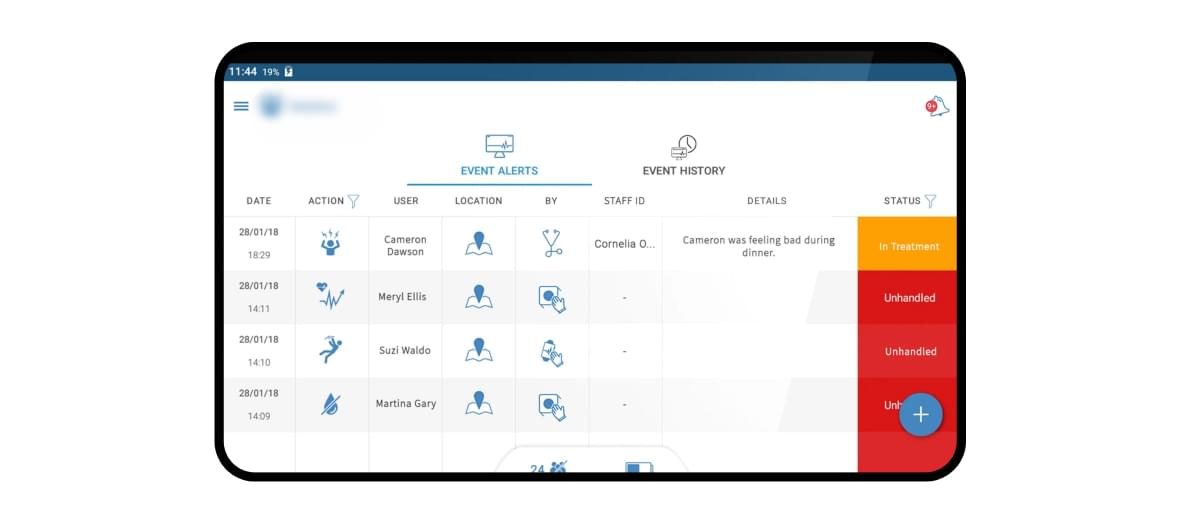
We developed an app that tracks the patient’s health and location in-hospital in real-time, allowing doctors and nurses to quickly react to alarming signals. Also, the system forms regular reports on the patient’s overall health condition.
This solution was built in six months on the Flutter platform. It is now installed on the personnel’s tablets to be always at hand. It helped to improve the service quality and patient safety in the facility.
Health Checker System
Client: An American hospital chain founded in the 19th century and located in four U.S. states
The client needed to improve the overall hospital workflow — from appointment scheduling to managing medical history and payment issues.
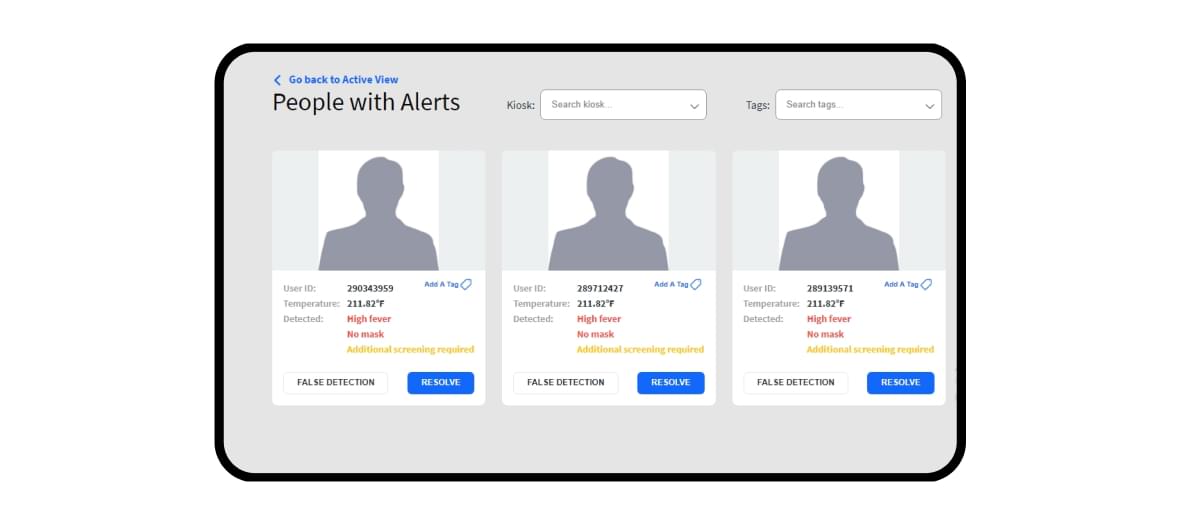
We created a complex solution that can be used by both doctors and patients. Patients can make appointments, pay their bills, and fill in pre-appointment questionnaires.
And here’s a cool twist: patients can use special access points (kiosks) located around the city and equipped with cameras and sensors. They allow clients to add a photo to their account, measure their temperature, and determine if their hands are clean enough. The kiosk system also sends alert reports in case of deviations.
Such a solution allowed the clinic’s staff to focus on the patients and their issues rather than drown in endless paperwork. The hospital chain, at the same time, gets more loyal visitors who now enjoy a fast and secure healthcare experience.
Conclusion
Developing a healthcare app is more than just a fascinating idea. Digital solutions bring change to everything health-related in our daily lives, and you’ve just seen it all yourself in this article:
- The digital healthcare branch is growing at an impressive speed, with a 25 percent CAGR;
- There are at least nine medical app types to assist doctors, patients, and medical facilities;
- Telemedicine apps became life-changers during the COVID-19 pandemic;
- Your solution must comply with the data privacy documents valid for your target area;
- Building an MVP first will save you from numerous flaws in the future;
- If you want a smooth workflow (and who doesn’t?), hire a development team who actually knows how to create a health app and already did it before;
- The more time you spend on the exploratory phase, the faster developers will start their work;
- Remember that by building your health app, you’re changing people’s lives for the better.
You’re one click away from your free quote. Reach out to our sales team for more details
Contact us
About the author
Polina is a curious writer who strongly believes in the power of quality content. She loves telling stories about trending innovations and making them understandable for the reader. Her favorite subjects include AI, AR, VR, IoT, design, and management.
Rate this article
22 ratings, average: 4.5 out of 5















